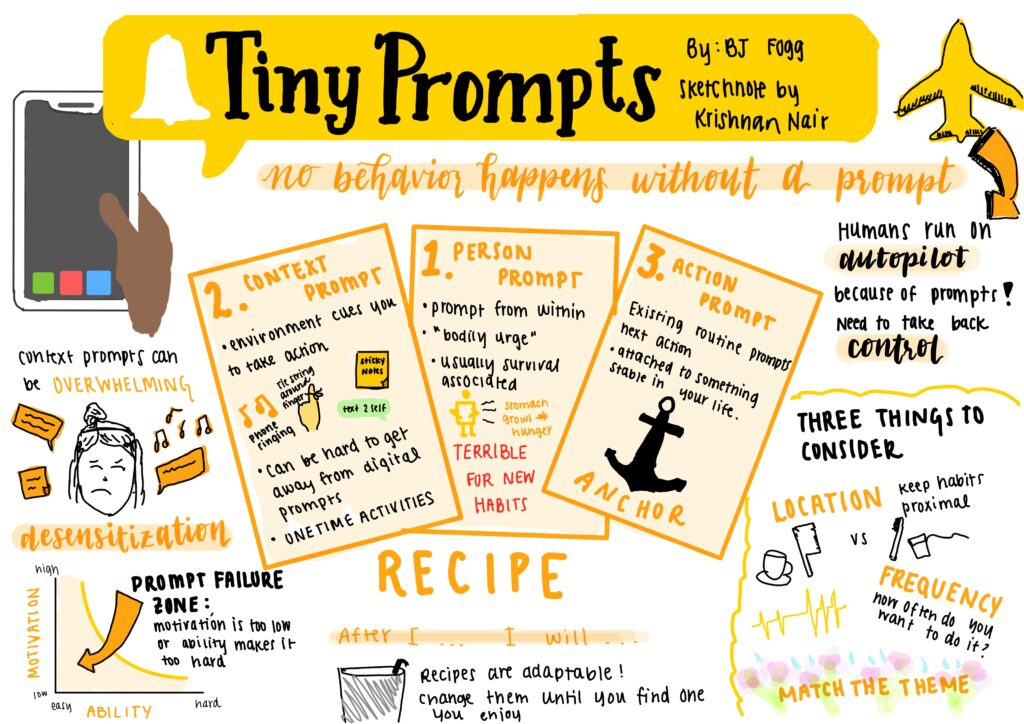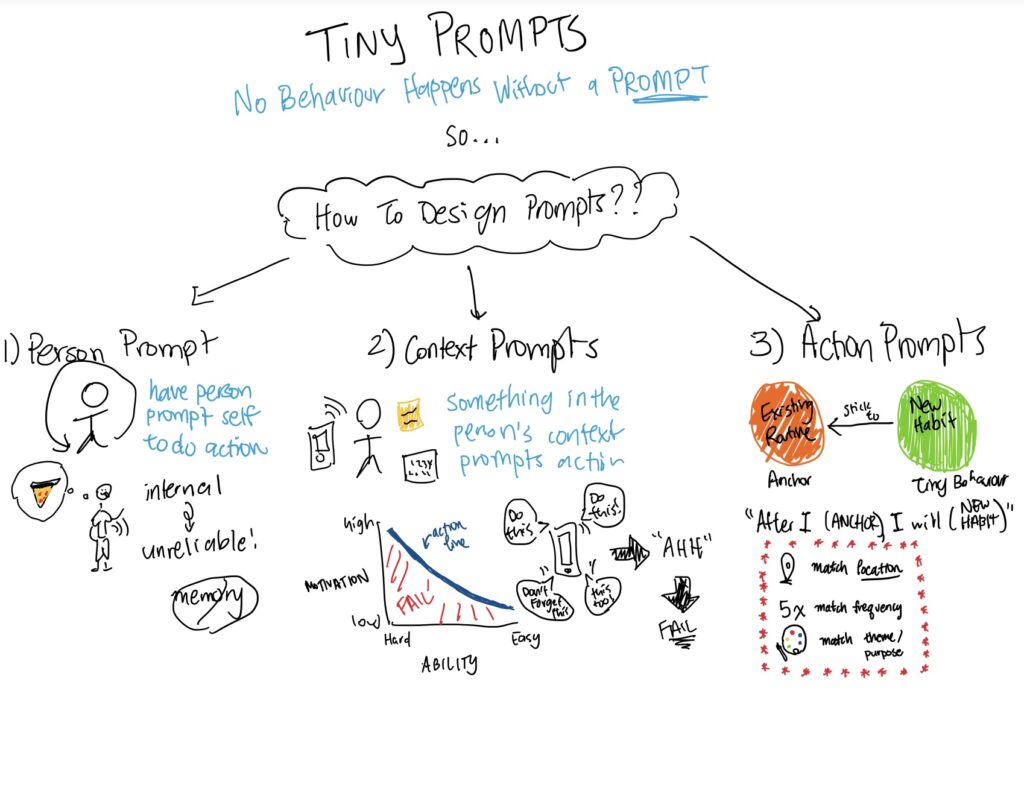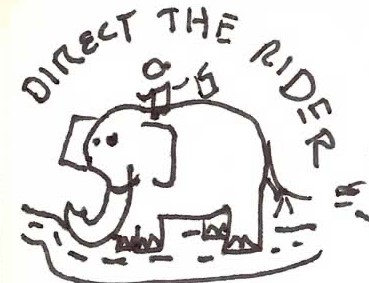Design Process and Methods
Design Process. Before taking this class, I was mostly familiar with needfinding through user interviews. The baseline study and intervention study were completely new to me, and I enjoyed learning these methods as ways to create products for behavior change. While I was familiar with the idea of turning raw data into a grounded theory, I appreciate that we learned several different ways to analyze data and feel more equipped to pick analysis methods in future projects.
Models, Maps, etc. While I like the idea of being exposed to a broad range of ideas, such as journey maps, system paths, bubble maps, storyboards, proto-personas, etc, requiring us to complete each of these maps felt more like busy work than something that generated unique insights. I understand that it is ideal for us to be familiar with the various kinds of models so that in the real world, we feel comfortable both recognizing these models and deciding which to use. However, it felt like we could have created fewer models for this project and realized the same number of insights. Moreover, if I encountered another model in the real world, I believe I would be able to make sense of it without first creating one in class.
Feedback. I found the practice that we got in iterating on our studies, theories, and prototypes to be very valuable. I especially appreciate the quick and detailed feedback we received from TAs weekly. I do think that teams would benefit from more critical feedback, not simply “add more explanation about this in the write up.”
Rubric vs. Expectation. For the final write up, we were expected to condense our work and tell a story of our project through images and narrative. However, we were also required to have nearly every part of our project in the write up paired with key insights for each section. These expectations were in conflict, as condensing work caused us to miss items on the rubric and adding storytelling elements caused the length to increase.
Behavior Change
I found the readings on behavior change to be very helpful in shaping our team’s strategy and my understanding of behavior change. In particular, I liked the idea that changing context changes behavior, as this became relevant to our ambient display. Moreover, the nudging and manipulation readings (including regarding the ethics of nudges) were thought provoking considering the techniques we learned about are used on us dozens of times per day (I no longer look at online shopping the same…).
Ethics
Ethics readings were a great supplement to our project work, and it was helpful for the teaching team to encourage us to think about ethical aspects of our projects. However, although we had conversations about these topics, we were not required to document nor cite our decisions in write ups, so ethics felt like the took a backseat. In the future, it might be beneficial to include ethical dilemmas and justifications in the write up! For instance, in the worse case scenario analysis of our project, we identified many potential social catastrophes and iterated on our design accordingly. This would be a great thing to include in a write up or submitted work. Class discussion about ethics was a great way to hear about other projects too!
Conclusion
I learned so much about behavior change, ethics, and the design process through this course – thank you teaching team!



